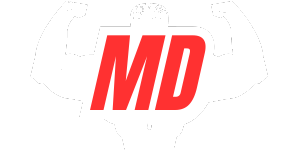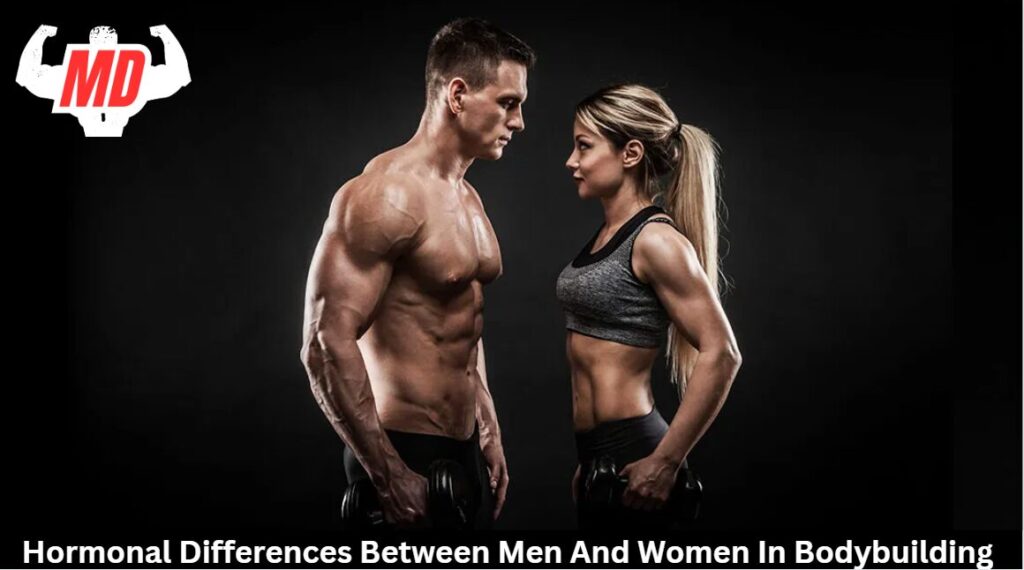The key hormonal difference in bodybuilding is testosterone levels. Men produce 15-20 times more than women, enabling faster muscle growth and recovery. Women’s higher estrogen levels offer advantages during caloric restriction and promote lower-body fat storage, while men accumulate fat around the midsection.
Training and nutrition should also adapt to these differences. Men can train muscle groups more frequently (every 48-72 hours) while women may need extended recovery (72-96 hours) during certain menstrual phases.
Testosterone vs. Estrogen
While both men and women produce testosterone and estrogen, the dramatic difference in their ratios creates the fundamental hormonal divide in bodybuilding. Men typically carry 15-20 times more testosterone than women, which directly accelerates muscle protein synthesis and enhances recovery between workouts.
Women’s higher estrogen levels offer some advantages, including better hormonal balance during caloric restriction and potentially enhanced recovery from certain types of training stress. However, this hormonal profile makes building significant muscle mass more challenging without dedicated effort.
Training results reflect this biological reality. Men generally build muscle faster with less effort, while women often maintain better performance consistency throughout different hormonal phases, provided they adjust their programs to work with their natural cycles.
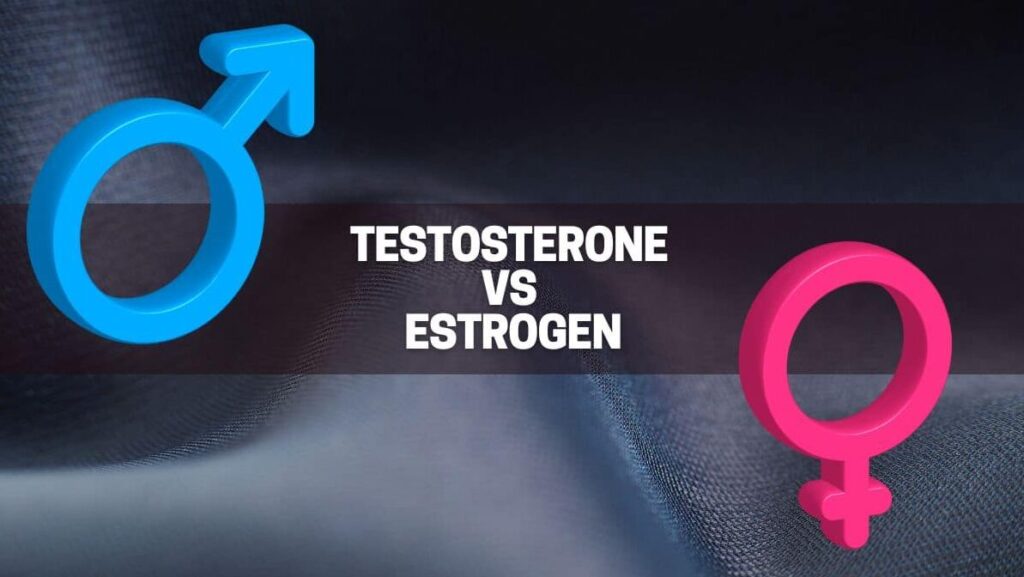
Gender-Based Variations of Muscle Protein Synthesis Rates
Both men and women stimulate muscle protein synthesis (MPS) in response to resistance training; however, their rates differ significantly due to hormonal factors. Men usually have MPS rates that are 25–30% higher than women’s. It is mostly because testosterone directly stimulates protein production in muscle cells.
Women have about 15 to 20 times less testosterone, so they depend more on estrogen’s indirect effects on MPS. Estrogen does have some benefits, such as speeding up recovery and getting more nutrients to muscles, but it doesn’t have the same direct anabolic power as testosterone.
This difference in hormones explains why men usually build muscle mass faster, but it doesn’t mean that women can’t get stronger. You should take these differences into account when planning your training. Instead of comparing results between men and women, you should focus on consistency and progressive overload.
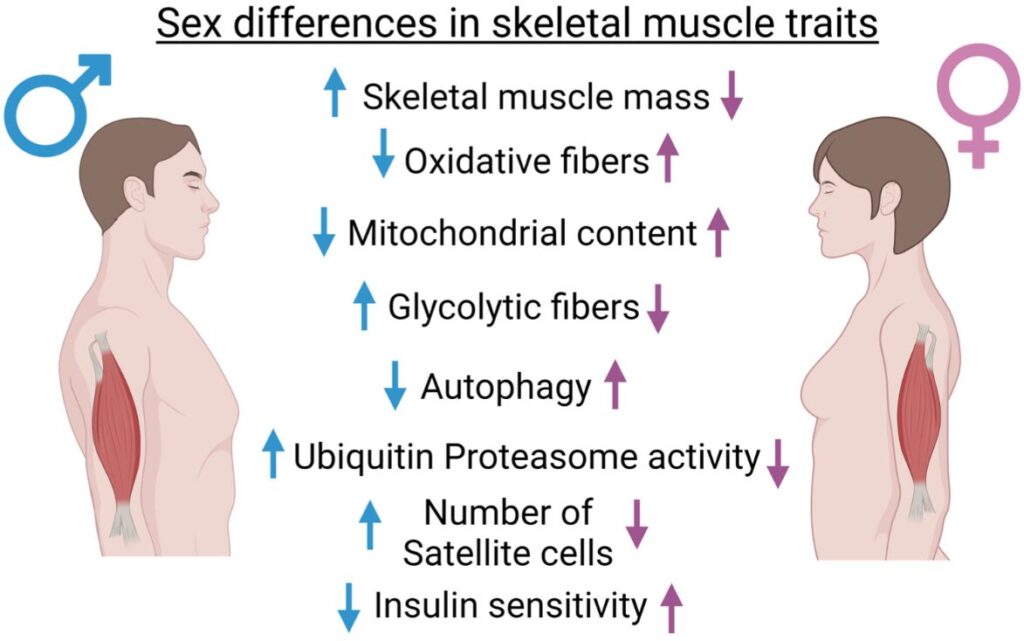
Fat Distribution Patterns and Hormonal Influences
Hormonal differences between men and women create distinctly different fat distribution patterns that greatly impact bodybuilding aesthetics and training approaches. Women’s higher estrogen levels promote fat storage in the hips, thighs, and lower abdomen. It creates the gynoid or “pear-shaped” pattern that can mask muscle definition in these areas despite low overall body fat.
Men tend to have “apple-shaped” or “android” fat distribution because of their higher levels of testosterone. The fat builds up around the midsection while the limbs stay lean. This hormonal effect means that when you cut, you’ll need to use different strategies for each gender.
Women may require targeted training for stubborn lower-body fat, while maintaining hormonal health through adequate fat intake (particularly omega-3s). Progesterone fluctuations also affect water retention and definition, especially during different menstrual cycle phases, which is a consideration that male bodybuilders don’t face.
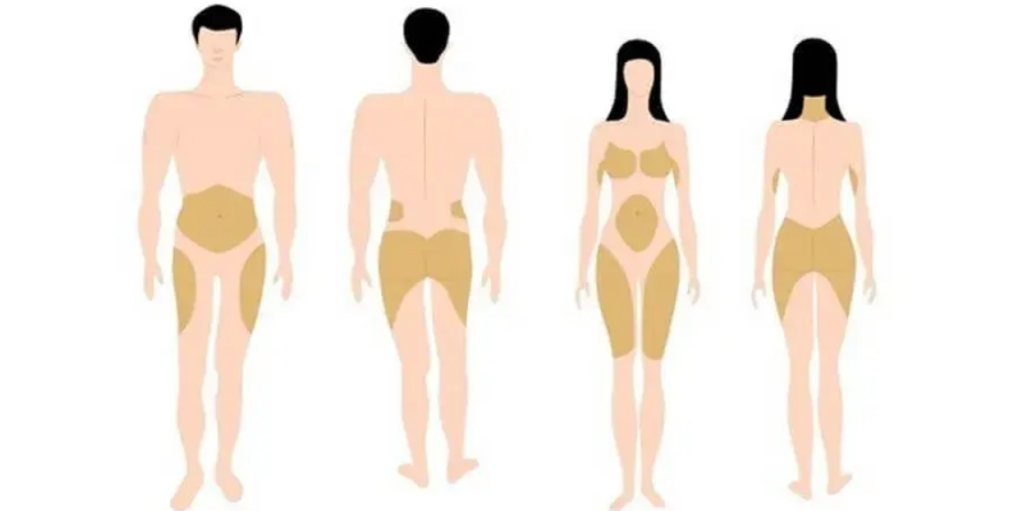
How Hormones Affect Training Frequency and Recovery
Men and women have very different recovery times between intense training sessions because testosterone has a big effect on muscle protein synthesis and recovery. Higher testosterone levels in men usually mean they can recover faster, which means they can train the same muscle group every 48 to 72 hours.
Women have lower testosterone levels, but they often benefit from higher growth hormone levels, which help them recover in different ways. You will see that training changes happen differently for women, especially because of how their menstrual cycles change. During luteal phases, higher cortisol levels and changes in hormone levels may make the best recovery times for intense sessions last 72 to 96 hours.
Your training frequency should account for these biological realities. Rather than following identical schedules, customize your approach based on your hormonal profile and the recovery signals your body provides.
Optimizing Nutrition Based on Gender-Specific Hormonal Profiles
Because men and women have very different hormonal environments, you should change your diet to get the best results. Men’s higher testosterone levels help them gain strength faster, which means they need more protein and can handle more carbs during intense training phases.
Women should think about their menstrual cycles when making food plans. During the follicular phase, they should eat more carbs to help improve performance, and during the luteal phase, they should eat foods that fight inflammation. Your endocrine system reacts differently to not getting enough calories depending on your sex. Women usually need more gradual methods to keep their hormones in balance.
For natural bodybuilding success, both men and women should time when they eat carbs around their workouts. However, women may still need to eat more fat to support hormone production and keep their bodies at their best throughout their training cycles.
Frequently Asked Questions
How Do Hormonal Changes During Menopause Affect Female Bodybuilding Goals?
You’ll experience decreased estrogen and testosterone, making muscle building harder and fat loss challenging. You’ll need more recovery time, adjusted nutrition, and possibly hormone therapy to maintain strength and lean mass gains.
Can Men Benefit From Training Strategies Designed for Women’s Hormonal Cycles?
As a man, you won’t get anything out of female cycle-based training. Your hormonal profile remains relatively stable, unlike women’s cyclical fluctuations. Instead, focus on strategies that will help you keep your testosterone levels stable.
How Do Thyroid Hormones Influence Muscle Development Differently Between Genders?
Your thyroid hormones affect metabolism similarly in both genders. Still, women’s thyroid may fluctuate more with menstrual cycles, potentially making your muscle gains and fat loss less predictable than men’s more stable patterns.
Do Transgender Bodybuilders Experience Unique Hormonal Advantages or Challenges?
Transgender bodybuilders face unique hormonal situations. If you’re shifting, hormone therapy dramatically alters your muscle-building capacity, fat distribution, and recovery rates. You’ll need personalized training strategies to address these physiological changes.
How Does Insulin Sensitivity Differ Between Men and Women Bodybuilders?
Women generally have higher insulin sensitivity than men, which helps them process carbs more efficiently. However, this advantage diminishes with age and can vary based on their training intensity and diet.
